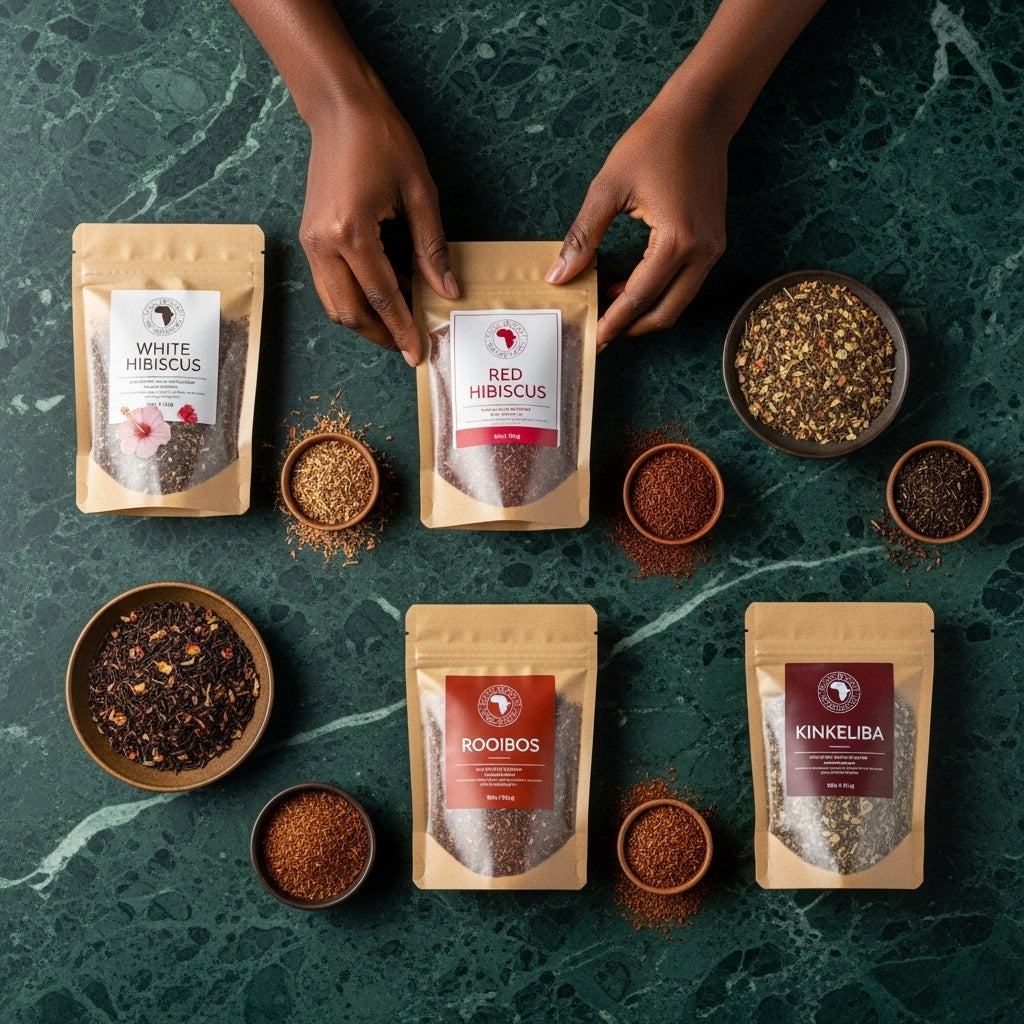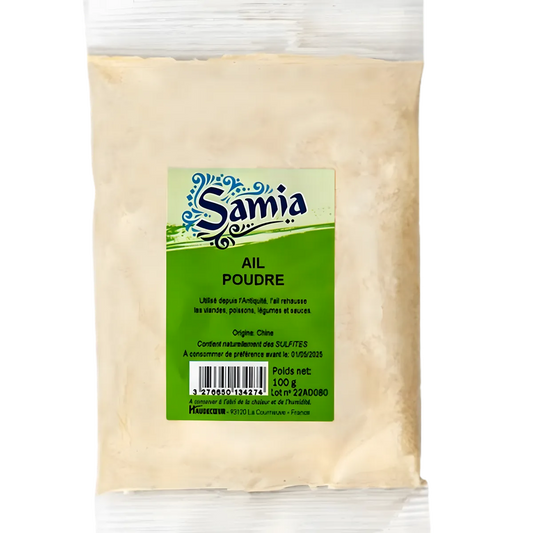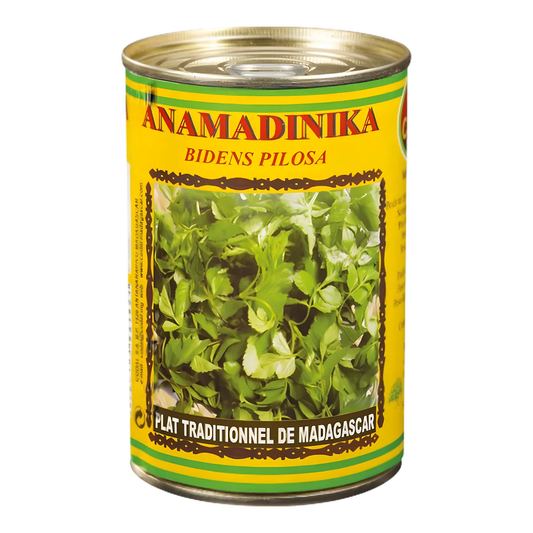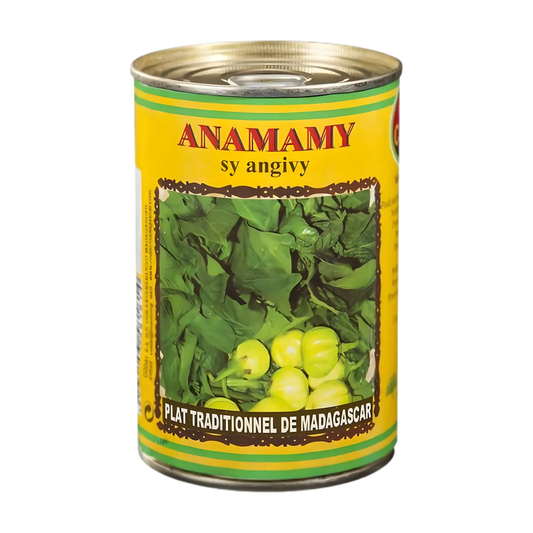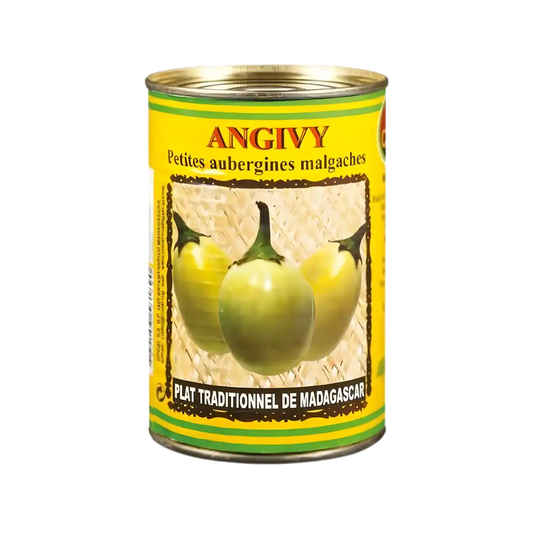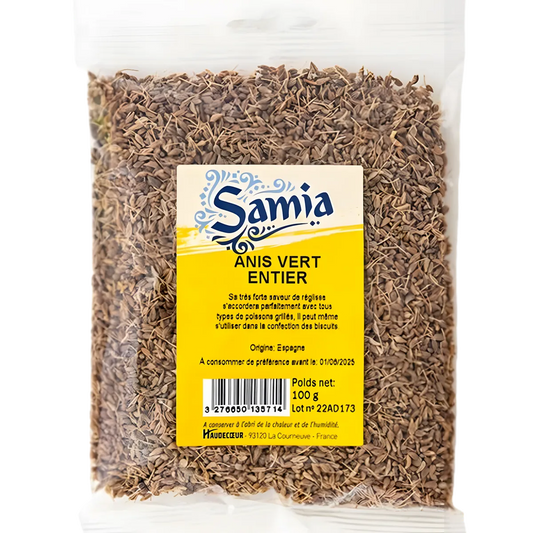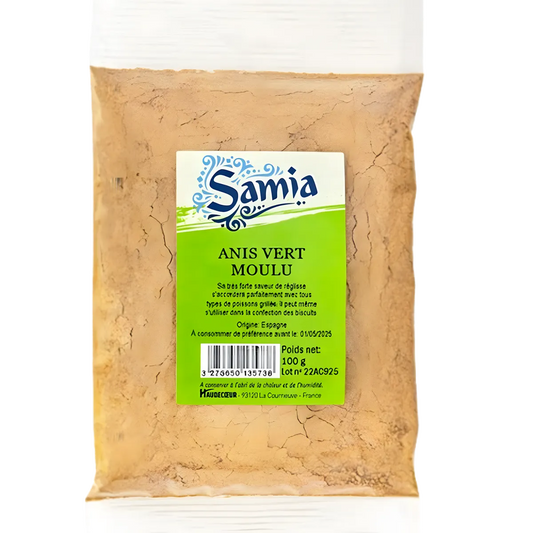Journey of the Senses
The African Soungouf is a traditional millet semolina originating from West Africa, inherited from the culinary expertise of the Sahel kitchens. Made from carefully hulled and sifted pearl millet, this semolina with a mild and slightly nutty aroma evokes the warmth of meals shared under the African sun.
Its fine and airy texture makes it an ideal base for all your recipes: millet couscous, morning porridge, sauce accompaniment, or a delicious milk and honey dessert.
Quality That Makes the Difference
This 100% natural Soungouf is made from millet grown in the Sahelian lands.
Additive-free, preservative-free, and naturally gluten-free, it retains all the aromatic richness and light texture of pearl millet.
Easy to prepare, it is steamed or boiled and perfectly absorbs the flavors of accompanying sauces and condiments.
An essential ingredient to rediscover the simplicity, generosity, and authenticity of African cuisine.
Your Benefits at a Glance
-
🌿 100% natural and additive-free → for a purer and more authentic diet.
-
⏱️ Quick and versatile preparation → cooks like couscous or porridge.
-
🍛 Sweet and nutty flavor → enhances both savory and sweet dishes.
-
🥣 Light and airy texture → perfectly absorbs sauces.
-
🌍 West African Origin → a true taste of the terroir and African culinary heritage.
How to Enhance Your Dishes
-
For a savory dish: steam the Soungouf or cook it in a little boiling water, then serve it with a spicy tomato sauce, fish, or grilled meat.
-
For a dessert or breakfast: mix it with warm milk, a bit of butter, honey, or cane sugar for a creamy and comforting porridge.
-
For a balanced meal: serve it with stewed vegetables and a drizzle of vegetable oil.
💡 Tip: Add a pinch of salt and a drizzle of oil before cooking for an even lighter and more fragrant Soungouf.
Frequently Asked Questions about African Soungouf
What is the difference between Soungouf and classic couscous?
Soungouf is made from pearl millet, while traditional couscous is often made from durum wheat. Its texture is finer and its flavor more rustic and slightly nutty.
How to prepare African Soungouf?
Simply pour the semolina into boiling water or steam it for a few minutes. It can then be enjoyed savory (with sauce) or sweet (with milk or honey).
Does Soungouf contain gluten?
No, millet is naturally gluten-free, making Soungouf accessible to people who want to avoid this protein.
Where does African Soungouf come from?
Soungouf comes from the Sahelian regions of West Africa: mainly from Senegal, Mali, Niger, and Mauritania. It is an ancestral everyday food.
Can Soungouf be used for desserts?
Yes! It pairs wonderfully with milk, honey, butter, or dried fruits. It adds a sweet and authentic African touch to your sweet recipes.
Storage
Store in a cool, dry place away from moisture.
Origin
West Africa





